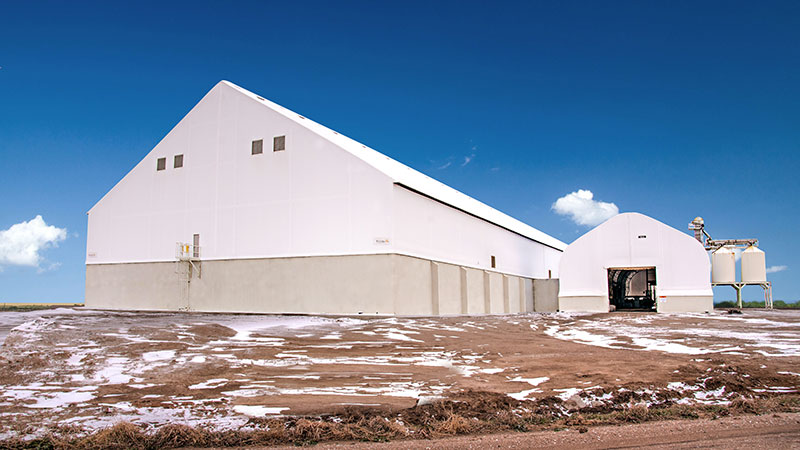Syngenta Sees Diversity In Ag Increasing
As the 2015 growing season winds down, many companies and groups in agriculture are upping their efforts to embrace a more diverse and inclusive workforce.
“Because agriculture is such a global industry, it makes a lot of sense, business-wise, to support diversity and inclusion,” said Daniel Loria, head of human resources at Syngenta. “Both are important strategic imperatives that will help fuel the long-term vitality of the ag workforce.”
Distinguishing between the two intertwined concepts is important, Loria said. Gender, age, ethnicity, religious beliefs and sexual orientation are factors that often characterize diversity. But it also can refer to differences in work styles, sometimes caused by physical disabilities and work experiences including the implications of a multigenerational workforce. While diversity refers to the number of groups from a society represented, inclusion is reflected in a company’s values and describes how employees interact — more of a qualitative term.
Statistics show that the agricultural industry as a whole is making progress in this area. For example, the number of ethnic minorities serving as principal operators on the nation’s farms grew by 15 percent between 2007 and 2012, according to the 2012 U.S. Agriculture Census. Hispanic farmers saw the biggest growth, at more than 20 percent. Increases were reported in all ethnicities, even as the total number of principal operators across the country declines.
But there is still work to be done. Organizations like Minorities in Agriculture, Natural Resources and Related Sciences (MANRRS) stand ready to help. MANRRS was founded more than 30 years ago to keep younger generations connected to agriculture, the environment and giving back to their communities. Through a network of 75 chapters in 38 states, MANRRS seeks to increase diversity and inclusion in the agricultural workforce through annual career fairs and training conferences. The Junior MANRRS program is specifically designed to reach out to high school students.
“If we are going to have a sustainable agriculture industry for the future, we have to have all audiences at the table,” said Quentin Tyler, assistant dean and director of the University of Kentucky College of Agriculture’s Office of Diversity and national president of MANRRS.
To make sure diversity and inclusion are top priorities across the company, Syngenta has developed a powerful customized training program for the 900 employees whose job responsibilities include managing people. Through the training, employees learn to recognize their unconscious biases and develop a better understanding of co-workers who are different.
“We want to make sure that when we recruit and promote people, we let go of those biases and focus instead on the knowledge, skills and experience that the person brings to the workforce,” Loria said. “If we learn to become inclusive, the representation of diversity will be an almost automatic outcome.”






